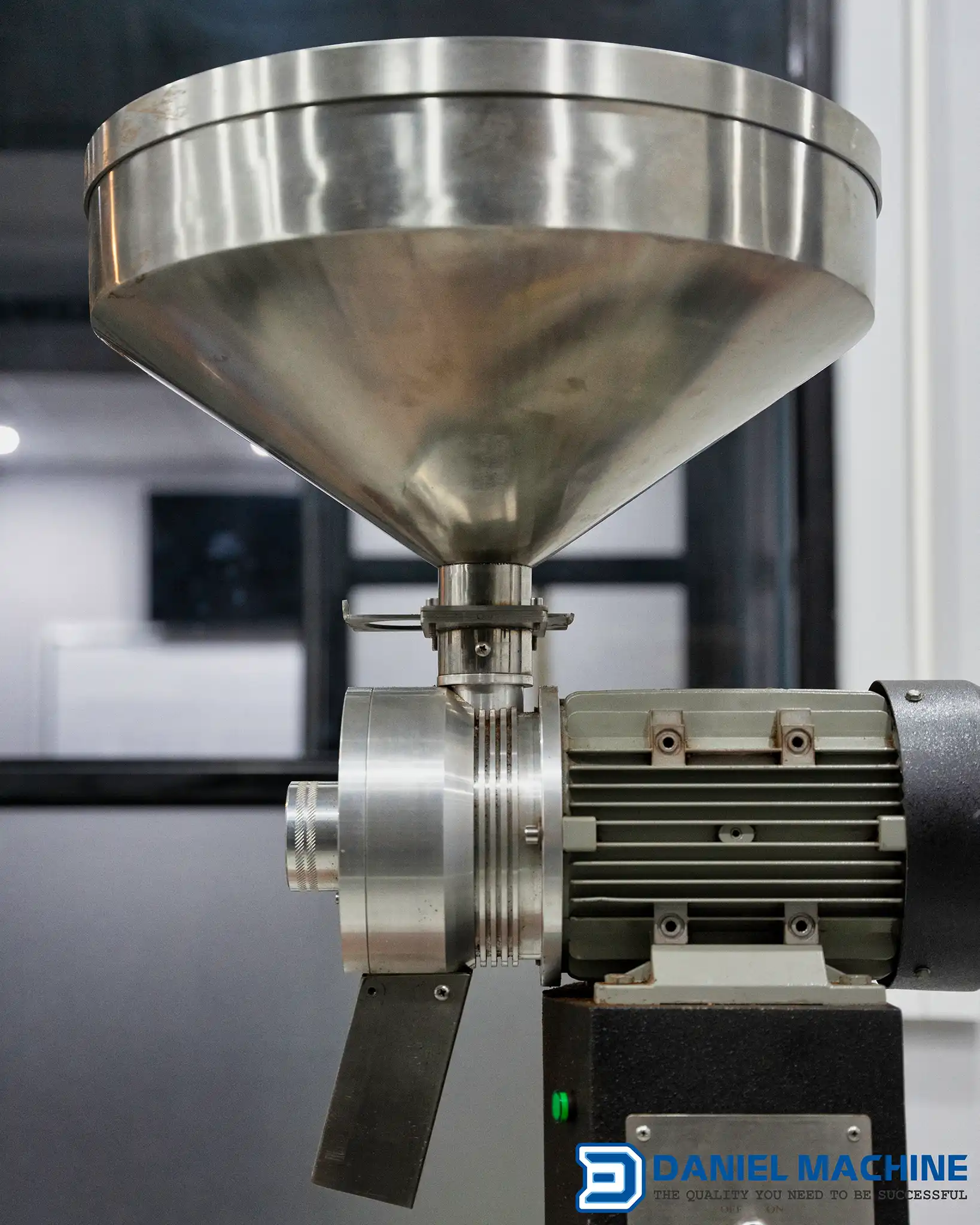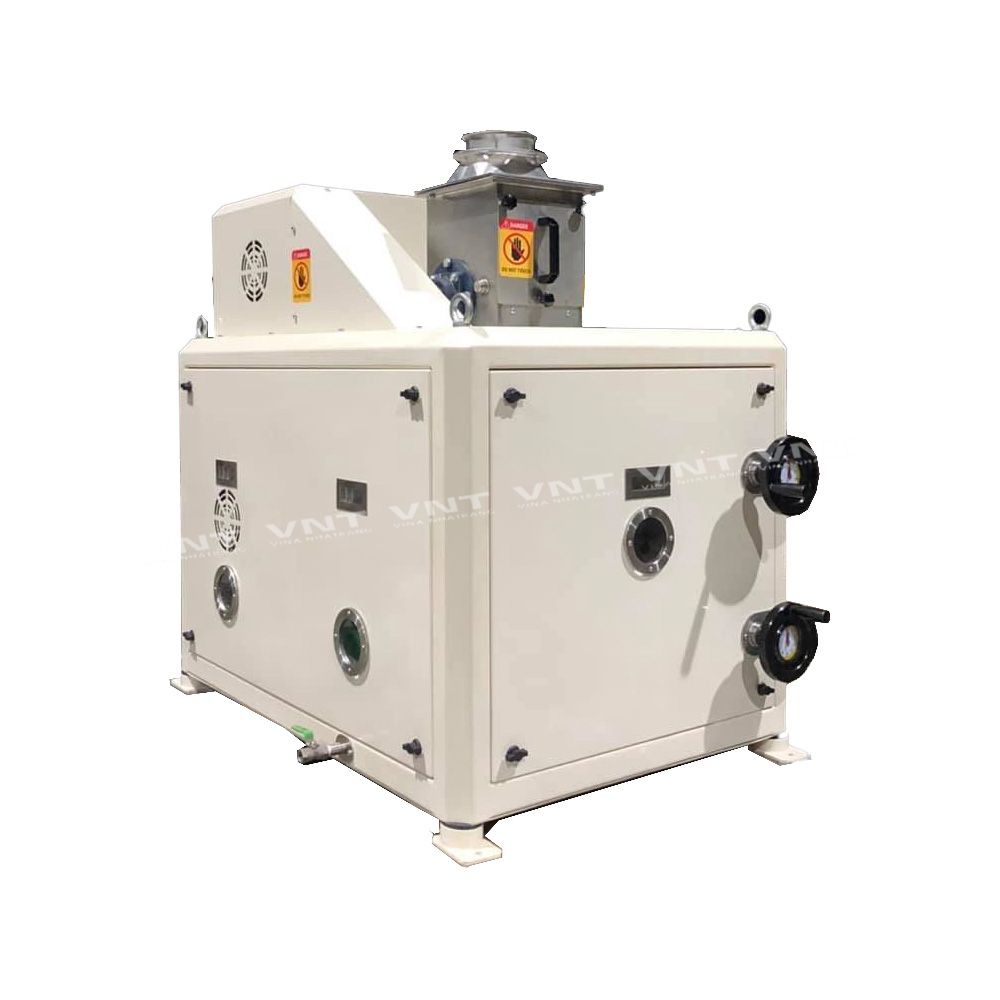Industrial Coffee Grinder: How to Pick the Right Fit for Your Brewery
Industrial Coffee Grinder: How to Pick the Right Fit for Your Brewery
Blog Article
Top Features to Search For in an Industrial Coffee Mill
When examining an industrial coffee grinder, it is crucial to determine vital features that affect both performance and durability. Consistency in work dimension is essential for optimum removal, while adjustable grinding speed allows for a balance in between efficiency and top quality.
Work Dimension Uniformity
While numerous elements can influence the quality of made coffee, grind dimension consistency remains paramount in accomplishing ideal removal. The uniformity of coffee grounds straight impacts the brewing procedure, as irregular bit sizes can cause over-extraction or under-extraction. This disparity causes imbalanced flavors, where particular notes may be subduing while others are silenced.
Industrial coffee grinders are made to offer a high degree of accuracy, usually using burr grinding mechanisms to make sure an uniform work dimension. Unlike blade grinders, which can develop a mix of fine and coarse bits, burr grinders crush the beans between 2 surface areas, enabling for much better control over work dimension. This uniformity is critical across different developing approaches, whether coffee, French press, or pour-over, as each method needs specific grind dimensions for optimum taste extraction.
Additionally, consistency in grind size adds to the general performance of the brewing process. An uniform work permits also water flow, minimizing the danger of channeling and improving extraction performance. In recap, buying an industrial coffee grinder with an emphasis on work dimension consistency is vital for achieving high-quality coffee with preferable flavor accounts.
Grinding Rate
Grinding rate plays an important role in the general performance of industrial coffee grinders, straight impacting both the top quality of the grind and the effectiveness of the procedure. Industrial Coffee Grinder. Higher grinding rates can substantially boost the throughput, making it feasible to process bigger quantities of coffee beans in a shorter amount of time. This is specifically crucial for services that depend on high-volume production, such as coffee roasteries and coffee shops
However, while rate is crucial, it is similarly important to stabilize it with the top quality of the grind. Exceedingly high grinding rates can create warmth, which may detrimentally affect the taste profile of the coffee by triggering the beans to lose important oils and fragrances. A mill that uses adjustable speed setups can offer ideal versatility, allowing operators to customize the grinding procedure according to particular needs.
Additionally, the grinding rate needs to be consistent to make certain harmony in the grind size, further contributing to the total preference and developing top quality of the coffee. In recap, reviewing grinding rate is essential for choosing an industrial coffee mill that satisfies both efficiency and high quality needs.
Build Top Quality and Durability
The performance of a commercial coffee mill is not exclusively figured out by its grinding rate; construct quality and durability are equally vital elements that affect lasting performance and integrity. A sound grinder will hold up against the roughness of day-to-day usage, making it a sound financial investment for any business procedure.

Longevity also encompasses the grinder's motor and inner mechanisms. Industrial coffee mills should be furnished with durable motors with the ability of maintaining use this link extended operation without overheating. Furthermore, durable burrs are vital, as they directly affect the top quality of the work and add to the overall long life of the equipment.

Convenience of Use and Maintenance
Regularly focusing on ease of usage and upkeep can substantially improve the operational effectiveness of an industrial coffee grinder. User-friendly features such as user-friendly controls and clear labeling are vital for lessening downtime and guaranteeing that operators can swiftly adapt to the tools. An ergonomic layout, including height-adjustable hoppers and easily accessible grinding chambers, allows for comfy procedure and assists in the loading and unloading of coffee beans.
Moreover, convenience of upkeep is important for prolonging the life-span of the grinder. Devices with removable components and parts developed for quick cleansing can improve maintenance jobs, lowering the time spent on regular upkeep - Industrial Coffee Grinder. Search for mills that integrate self-cleaning devices or need basics minimal disassembly, as these attributes can save important labor hours
Furthermore, clear upkeep schedules and documentation are important. Mills that include extensive user guidebooks describing upkeep treatments can assist drivers abide by best practices, making sure consistent performance and quality. By buying a commercial coffee grinder that highlights simplicity of use and maintenance, companies can improve efficiency, minimize functional costs, and preserve the high standards expected in coffee production.


Noise Degree Decrease
When picking a commercial coffee grinder, noise level reduction is a vital element that can considerably affect the job setting. High sound degrees can lead to staff member fatigue, decreased concentration, and prospective hearing damage over time, making it important to choose a grinder designed with sound-dampening attributes.
Search for grinders that incorporate advanced noise-reduction technologies, such as sound-insulated housings and vibration-dampening mounts. These features aid to decrease functional noises, producing a quieter environment for productivity. Industrial Coffee Grinder. In addition, selecting mills equipped with low-noise electric motors can better enhance audio reduction, guaranteeing a more pleasant workplace
Think about the grinder's overall design. The placement of the mill within the work area must be calculated.
Ultimately, investing in a coffee mill that prioritizes sound reduction not just enhances the convenience of employees but likewise straightens with a commitment to preserving a secure and productive workplace. This attention to information can bring about improved worker contentment and retention.
Final Thought
In recap, choosing a commercial coffee mill demands careful consideration of numerous crucial features. Grind dimension consistency is necessary for optimum extraction, while flexible grinding speed assists in a balance between throughput and top quality.
Industrial coffee grinders are developed to offer a high level of accuracy, usually employing burr grinding devices to make certain a consistent grind size. Unlike blade mills, which can develop a mix of fine and coarse fragments, burr mills squash the beans between 2 surfaces, allowing for much better control over work size. In recap, investing in an industrial coffee mill with an emphasis on grind size uniformity is crucial for attaining top notch coffee with preferable flavor profiles.
Grinding rate plays an important role in the overall efficiency of industrial coffee grinders, straight affecting both the high quality of the work and the efficiency of the procedure. A grinder that offers flexible rate settings can give optimal adaptability, enabling drivers to tailor the grinding process according to particular needs.
Report this page